|
Paul Baram, Director, Actualize Consulting
“With the march of technology gathering pace, will traditional transaction banking still have a role to play in the longer-term future of treasury?” Technology advances are undoubtedly key to the changes we see in how services that were once exclusively performed by a bank’s transaction banking division are increasingly available from other sources. Two examples beyond the broader list of fintechs in the market are illustrated below. Trade finance is a great example of where the bank’s offering can be taken entirely in-house by a corporate to directly offer its customers trade finance solutions. In many respects this was always a better option than going through a third party (the bank). The corporate would already have collateral in terms of goods from the supplier and access to key data from that supplier such as payment history and trading pattern. Several treasury management systems (TMS) now have trade finance solutions as an additional module, and when integrated with the main cash management functionality allows a complete view of liquidity in one place. As globalisation continues for corporates, so does the need for foreign exchange transactions. Although the banks still ultimately execute the trades (for the most part), today’s rise of dealing platforms means banks are forced to compete more acutely for business that used to come directly on a relationship basis. Again, technology advances, in this case via integration from TMS systems, means corporates are able to streamline a process and capture better pricing to such an extent that the savings from just a few months of transactions can recoup the project cost to implement. In fact, to some extent, the vast technical infrastructure that most of the global transaction banks have developed is actually a disadvantage to their progress in this new world. The commitment to build systems to run at a massive scale with efficiency developed through siloed processes runs contra to the way smaller and nimbler fintechs are able to develop. Extrapolating from this point leads us to conclude that the one-stop-shop model of traditional transaction banking cannot be the most cost-effective solution for a treasury. The key to exploiting these new options is to pick the right solution for each specific business process, as part of an overall treasury strategy rather than a set of individual disconnected choices. Investing in developing such a strategy for corporates takes expertise, time, and commitment. In that sense, one can see where for some corporates the traditional transaction banking model offered by one financial institution may still be of benefit for now. This response and additional responses were originally published in Treasury Today. To read the full article, visit http://bit.ly/PLTrBk. Our Treasury team of expert advisors will assess your current Treasury functions and deliver transformational solutions. Our strengths are our global experience, execution, modernization, and dedication to your success story.
0 Comments
HOW TO SHIFT YOUR MINDSET FROM NEGATIVE TO POSITIVE
Kerry Wekelo, COO, Actualize Consulting Negative thoughts are inevitable – and if I were a betting person, I would imagine 2020 has also been an incredibly challenging time for you. For me, this year has been one for the records in challenging times. Even my beloved hometown of Staunton, VA flooded. I have been called many names while trying to maintain a positive outlook. Some people have referred to me as “hippie-dippy,” “lofty,” and “fluffy.” Instead of dwelling on others and their negative words, I have to say, “ouch,” and move on with a positive mindset. How do you go from negative to positive thoughts? Here are some things that may help you Pause to Pivot to the Positive. 1. Remember the Negativity Bias. “The negativity bias is our tendency not only to register negative stimuli more readily but also to dwell on these events. Also known as positive-negative asymmetry, this negativity bias means that we feel the sting of a rebuke more powerfully than we feel the joy of praise.” Simply stated, if you receive 9 compliments and 1 negative comment, you will focus on the negative comment. 2. Pause to Allow Your Feelings. In my 3P Method of Pause to Pivot to a Positive, I find this step the most important. If you sweep your feelings under a rug, they will fester to the surface. Sit with how you are feeling for as long as you need. 3. Find Gratitude. An easy practice is to ground yourself in gratitude for an occurrence in your day. For example, try an affirmation like, “I am healthy.” It can be that simple. 4. Lift Your Spirits. What are activities that you enjoy? Keep busy with those types of actions. When I am feeling negative emotion, taking a walk or run is the quickest way to shift my mindset. For others, it may be listening to your favorite song. Reflect on what you enjoy doing that you can add to your routine. 5. Avoid Triggers. Minimizing contact with negative people and media sources can aid your sanity. 6. Get Rest. Lack of sleep greatly affects your mood and could cause you to be more anxious or irritable. 7. Pivot. This is the most difficult step. How can you move to a positive resolution or what is the lesson learned? Employing this mindset enables you to more quickly shift to the positive. 8. Use Positive Self-Talk. When you are in the tunnel of negativity, it can be very hard to see the light on the other side. Use phrases like these to give yourself a pep talk and act as a flashlight: a. “This is tough, but so am I.” b. “Everything will be better sooner or later.” c. “I can handle this!” Learning how to re-train your brain to think more positively takes devotion. Using any of these tips will help save time and energy by focusing on moving forward - especially knowing that negative thoughts have more of an impact on the brain. Great things happen once you are able to shift your mindset. Jason Blumstein, Senior Manager, Actualize Consulting
My 98-year old grandmother recently asked me what I do for work. She doesn’t know anything about technology or corporate finance, so I had to think about my response carefully and translate it in terms she would understand. Breaking my job down into a palatable reply, I said, “I’m hired by many companies to help them improve their processes and support them as they learn to adopt these improvements." As simple as this answer was, I’m sure she still doesn’t fully understand my job. The truth is, my job can be very complicated, even to those in my network, because it depends on the needs of our clients. The longer answer is that I work for Actualize Consulting, a financial services consulting firm that has been around for over 17 years and has many specialties in the Mortgage and Fixed Income and Treasury space. I work in Treasury Management as a part of our Capital Markets team. Many of my projects have a central theme involving either selection, implementation or enhancement of a Treasury Management System (TMS). As a team, we go in and analyze a client’s current operations across departments, and determine a plan to make sure it is best-in-class or establish a plan to get them there. We set up a plan and timeline that clearly outlines the steps needed to achieve and implement all best practices, setting Treasury departments up for success. Think of Actualize as an advisor, transforming your finance functions to accommodate the future and keeping you prepared for new advancements down the line. Lately, we’ve even been developing RPA solutions for clients and internal purposes. Together, our team experience is our strength to help clients actualize their success story. More specifically, some of my own accomplishments are: • Incorporating Payment Factories that streamline AP payment processing and reconciliation • Establishing In House Banking structures to facilitate optimized tax structures • Creating documentation for auditors – including UAT test plans, process workflow and security review. • Implementing new systems for FX trading/settlements • Enhancing banking structures collaborating with your banking partners and modern technology But in this reflection on the nature of my position, I realized the answer I gave my grandmother could be broken down even further. What do I do? I learn. I learn from the best in the industry, who work beside me at Actualize. I learn from my clients, who have turned into friends. I learn from my team, who have taught that innovation can only thrive in a supportive environment, and one willing to attempt to solve tough problems. I learn from the firm’s leadership, who set the example and intention to always be our best in how we show up each day. I’d like to extend this reflection to you – either DM me or comment below:
Lori Lite, Manager of Marketing and Communications, Actualize Consulting
At Actualize Consulting, we are always trying our best to stay connected and healthy. Recently, we held a week-long wellness discussion on mindfulness. Mindfulness is a mental state achieved by focusing awareness on the present moment, while calmly acknowledging and accepting one's feelings, thoughts, and bodily sensations. Most people think of being mindful through meditation or breathing, but you can be fully present during many activities we take for granted – like eating and walking. Here are 5 ways you can tune into mindfulness: 1. Eating: How many times do you eat while you are doing another activity, like working on the computer? Being present can aid with digestion, helping break down food and absorb more nutrients. Today be fully present while you are eating - do not think of the past or future. Just focus all of your attention on your meal. How does it look, feel, and taste? Are you chewing quickly or slowly? Treat yourself to paying attention to what you are eating, and to heighten your awareness, watch this short visualization from Actualize COO Kerry Wekelo on nourishing our bodies. 2. Feeling the Wave: Sometimes we think we are relaxing because our bodies are resting, but our minds are still working overtime. It is easier to replace your mental to-do list with an image than to empty your mind of all thoughts. Try this exercise to stop the brain chatter: Consciously picture a gentle ocean wave rolling in from one side of your brain to the other, just as it does on a quiet day at the beach. This will clear your mind to experience relaxation. This same technique can be applied to your whole body. To heighten your relaxation experience, enjoy this video of soft waves from Corsican Plage de Villata Beach in the background. 3. Walking Meditation: Many of us are increasing our walking and exercise during the pandemic, but are you fully present? On your next walk, instead of thinking of the destination or how fast you are going, put your focus on each step. Be aware of your foot as your heel first makes contact with the ground. Now, focus on how your foot rolls over the earth, ending with your toes stretching as they lift into the air behind you. Do this with each step. For your convenience, Berkeley University put together a PDF download on how to do a walking meditation. 4. Nurturing: Often, we think of self-care or nurturing a child, which is crucial because it is a basic human need to survive and thrive. But nurturing can go beyond hugging a child or treating yourself to massage. I challenge you to contemplate the “feeling” of nurturing and see how it can expand beyond your own needs and personal bubble. How can you approach a project, client, co-worker, or activity by being mindful of nurturing? How about writing a client, friend, or mentor a letter? This video is helpful and will guide you through the process of expanding nurturing. 5. Liming: Liming away the day is the Caribbean practice of just “being” instead of “doing.” Instead of being permanently busy, take a break by humming a song, reading something light, or watching the clouds go by. In other words, Don’t Worry, Be Happy. Start right now by listening and humming along with Bob Marley. Mindfulness is one of the best ways to reduce stress and worry; when you are present, you cannot worry about the future or regret the past. By putting your focus on the here and now, you can more fully participate in your life as it unfolds. Instead of looking at being mindful as a chore, approach it as a game where you look for unusual moments to apply it. I’d love to know – how do you put your twist on mindfulness? Kerry Wekelo, COO, Actualize Consulting
Stress is a non-negotiable part of life. Recently, though, in the midst of the pandemic, it seems especially unavoidable. Life had to be adjusted to match our new reality, which included many new problems for our employees, like taking on the role of teachers for their children and caretakers for sick family members on top of a full-time job. According to a recent study by the Kaiser Family Foundation, more than half of adults in the U.S. believe the pandemic has negatively impacted their mental health. As a part of our annual September wellness program, I decided there was no better time to dedicate a week to combating stress – particularly, what to do when it strikes. The trick to overcoming stress comes in three parts: Accepting stress, identifying how you currently react to stress, and trying alternative, health-seeking behaviors to cope. 1. Accept Stress: We often think of stress as negative – which exorbitant amounts of it can be. But from a biological perspective, stress is important for survival. Our “fight or flight” response comes from the need to make quick decisions for life-threatening situations. While we hopefully never encounter a need to run from another mammal, this response does help us think on our toes and raises the stakes for us to do well on, say, a high-pressure work project. For this reason, we must accept stress for what it is; our body doing its job. We can simultaneously thank our sympathetic nervous system for doing its part and recognize that it isn’t beneficial to our overall health to worry about things we can’t control. I created a Mindful Minute Meditation as a tool for helping you accept what each day brings. 2. Identify Your Reaction to Stressful Situations: We all have existing coping mechanisms in place, whether we realize it or not! When the higher blood pressure hits, our body works hard and drains our immune system. Based on how our body and mood changes, we can easily pinpoint activities that may help ease anxiety. For example, do you become overexcited – angry, agitated, overly emotional? If so, do activities that quiet you down. If you become under excited – depressed, withdrawn, or spaced out, do things that are stimulating and energizing. Knowing this, are the habits you currently have beneficial in your times of panic? One of our team members mentioned they often snack when they are feeling overwhelmed, and has to make a conscious choice to focus on a coping mechanism that is more productive. 3. Find Alternative, Health-Seeking Solutions: There is no one-size fit all method to combatting stress – the best coping mechanism is the one that works best for you. Here are a few to try: a. Breathing: Breathing is proven to lower blood pressure and relax your muscles. Paul Baram, Director of the Actualize UK office, has noted that his Apple Watch always pings him to take deep breaths and that he immediately feels relaxed once he follows the prompt. The great thing about breathing is that it is quick, easy, and effective, so often one deep breath will do the trick. b. Journaling: Some on our team cited journaling as a practice that helps to get the jitters out – Maddie Yaskowski, Senior Consultant, notes, “when I write down my worries, I am able to shift the perspective and see that I am often making the stakes higher than they actually are.” c. Getting Some Exercise: Stepping away from the task at hand to do some quick exercises will bring a fresh perspective and give you a wave of endorphins that encourage a state of overall wellbeing. Theresa Santoro, Actualize Director of Human Resources and Operations, often plays field hockey, one of her passions, in times of stress. d. Avoiding Caffeine: Did you know high doses of caffeine are proven to induce anxiety, especially in individuals who already have anxiety disorders? Small doses are fine, but if you find yourself feeling anxious, caffeine might be the culprit. How do you handle stress? Have you found a coping mechanism that works well for you? Kerry Wekelo, COO, Actualize Consulting
Gratitude Infusion delivers workplace strategies to develop a culture of gratitude throughout your organization. Communication, productivity, teamwork, employee engagement, and motivation will flourish when you infuse your corporate culture and life with gratitude. Gratitude produces a chain reaction. For corporate leaders, this translates to lower attrition rates. For families, this builds healthier relationships. For individuals, this ensures a more peaceful and inspired life. Gratitude Infusion walks you through the power of gratitude, including its role in forgiveness, acceptance of the self and others, problem solving, managing a remote workforce, and more. Actionable tips, exercises, and thought-provoking questions are explored in each chapter. By focusing on the good in our lives, we are able to help others see and cultivate the good in the world. Gratitude Infusion will open your heart to more creativity, passion, and wonder through its practice. In this video, the author shares with us some tips to be more grateful at work. Link to purchase Gratitude Infusion here Kunle Aladewolu, Manager, Actualize Consulting
The pandemic has changed the landscape of the current market environment, highlighting key issues within the traditional approach to treasury management. Many businesses are still in the process of reevaluating daily operations, trying to find a balance to manage their Treasury going forward. This webinar discusses the present landscape and offers solutions to remote treasury problems, setting you up for future success and helping mitigate repetitive, manual tasks. Hosted by Actualize Consulting's Kunle Aladewolu and Bellin's Lena Pennington, can now be viewed here Chad Wekelo, CPA, CFA, of Actualize Consulting, Nadia Corbett of Kantox, and Craig Jeffery of Strategic Treasurer discuss the immediate and ongoing impact of the pandemic and Treasury’s recovery efforts. Data collected from 14 surveys are examined.
In response to the COVID-19 global pandemic, the Treasury Coalition formed to assist treasury and finance professionals in examining the impact the industry. Through weekly, biweekly, and now monthly surveys, data has been collected, analyzed, and distributed for the good of the industry. Specifically, the survey looked to gather concerns, response plans, and monitor economic preparations and impact changes throughout the pandemic life cycle. This webinar will review the results to date, dive into cross cuts of the data, and discuss what organizations can do as we recover. Watch the webinar here Maddie Yaskowski, Senior Consultant, Actualize Consulting
Have you ever seen or heard something for the first time, and suddenly you begin to see and hear it everywhere? Maybe you just learned a new word and suddenly it seems like everyone is using it. Maybe it’s a song that you heard in your Spotify discover playlist that now seems to be playing everywhere you go. It can seem uncanny, but it’s definitely no coincidence. Actually, it’s something called a frequency illusion or the Baader-Meinhof phenomenon. Once you become aware of something, your brain tends to notice it more. Arnold Swicky, Professor of Linguistics at Stanford University, cites that this phenomenon is a product of our selective attention and our confirmation bias. Once our brain knows to look for something, it will find it. So how can this help us in our life and career? 1. It can help you reach your goals: Setting clear intentions can help you find your path. If you have a clear end in mind, any move you make towards that goal will reinforce your vision. I recently have been challenging myself to come up with at least one new idea a week at work. At first, I found it really hard to come up with anything... But with practice, I trained myself to become aware of inspiration – and it’s everywhere. Now, it seems, I have new ideas every day. 2. It can help you stay positive: Have you ever had a bad experience and the whole day seems to go wrong from then on? This might be this phenomenon at play. As you focus in on the bad, suddenly that’s all you see. Strive to look for the positives and you will find that there’s a lot more than you initially thought. One 2017 study asked participants to write gratitude letters over the course of twelve weeks and found that the more participants wrote, the happier they were. Their overall mental health improved considerably by the end of the study, even when compared to the 4-week mark. As they looked for the good in their life, they found it! 3. It can change the way you look at marketing: Consumers can’t buy your service if they don’t know it exists. This phenomenon suggests that the most important part of marketing is grabbing your audience’s attention so that they are aware of your brand – and then they may begin to notice a need that you can fill. It’s true that there are other pieces to the marketing puzzle like building a brand identity, storytelling, and creating genuine, useful content. But above all, be sure to use key words and eye-catching language. At Actualize, we foster brand recognition by establishing ourselves as an expert in our field. We stay on top of the latest trends by sharing our knowledge through writing articles and leading discussions and webinar events, all of which help to get our name out there. Have you noticed this phenomenon at play in your life? How else can it help you at work or at home? |
News OverviewLatest release news and tips for your Kyriba implementation. Categories
All
Actualize ServicesArchives
December 2020
|
- Home
- News
-
Kyriba ▼
- On-Boarding
- Bank Account Management
- Bank Connectivity
- Bank Fee Analysis
- Bank Statements
- Business Intelligence
- Cash & Forecasting
- Cash Accounting
- Financial Accounting
- Financial Transactions >
- Fraud & Compliance
- GL Reconciliation
- Hedge Accounting
- In-House Banking
- Netting
- Payments
- SSO/SMS
- System Administration
- Valuations
- Mid Market ▼
- Best Practices ▼
-
Actualize Resources ▼
- New Kyriba Consultants
-
Technical Resources ▼
>
- More Education ▼ >
- Bank Account Management
- Bank Fee Analysis
- Bank Connectivity
- Bank Statements
- Kyriba Reporting ▼ >
- Cash & Forecasting
- Cash Accounting
- Core Data
- Connectivity ▼ >
- Data Exchange
- Financial Accounting
- Financial Transactions
- Fraud & Compliance
- GL Reconciliation
- In-house Banking
- Liquidity Planning
- Market Data & MTM
- Netting
- Payments
- Supply Chain Finance
- System Admin & SSO
- Valuations & Risk, Hedge Accounting
- News & General ▼ >
- Project Resources ▼ >
- RPA
- Sales and Account Management
- Training Portal Requests
- Contact

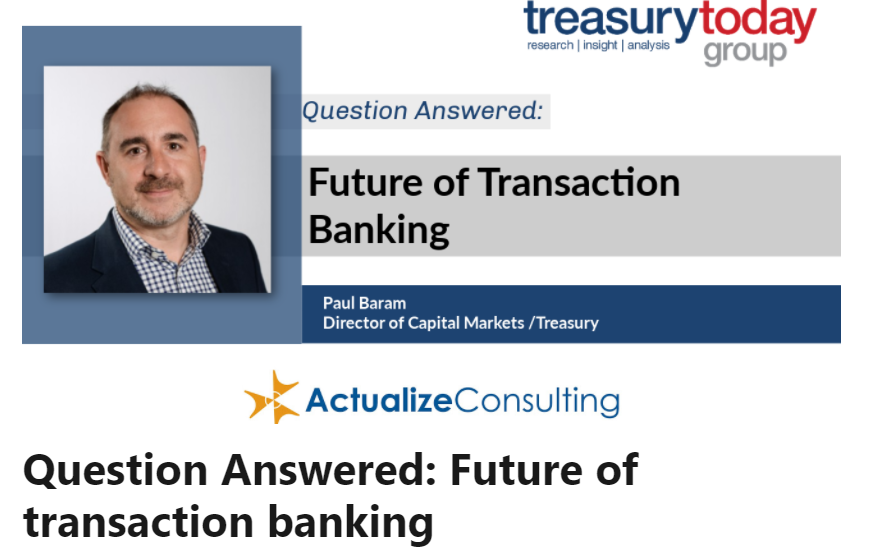

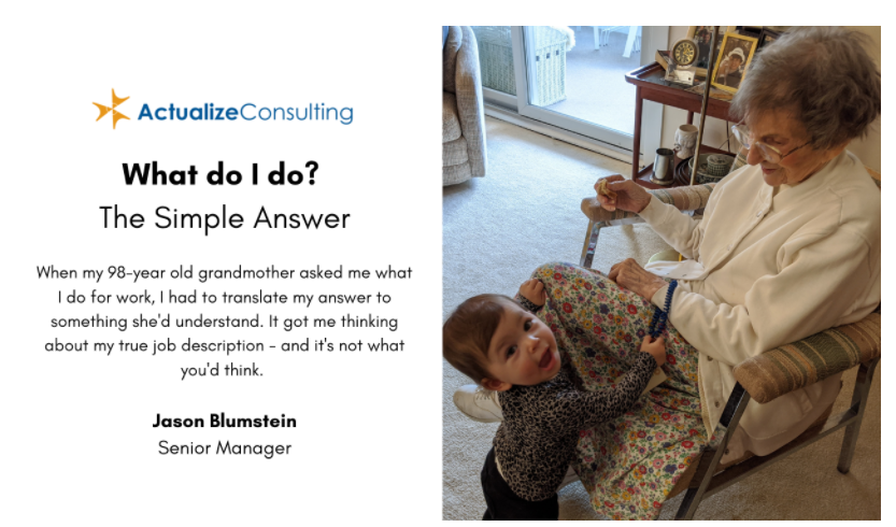
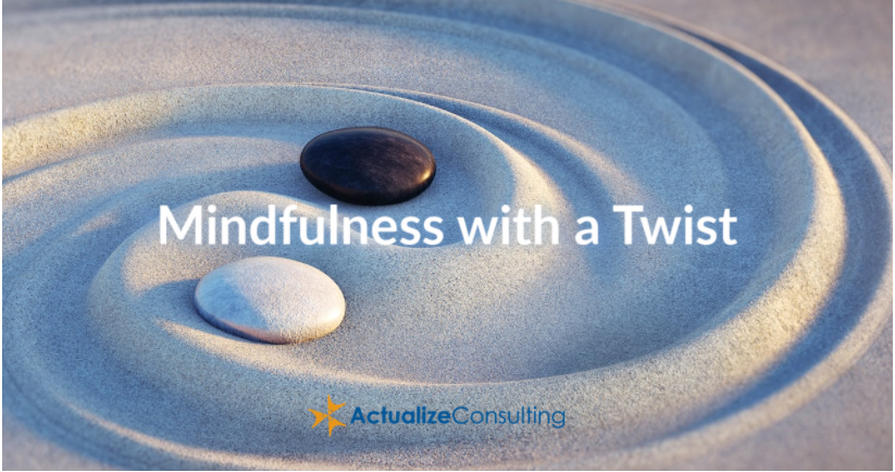


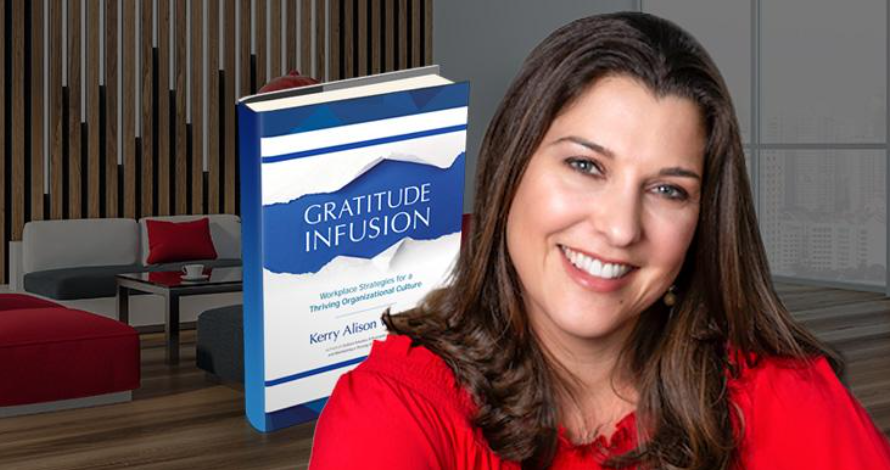
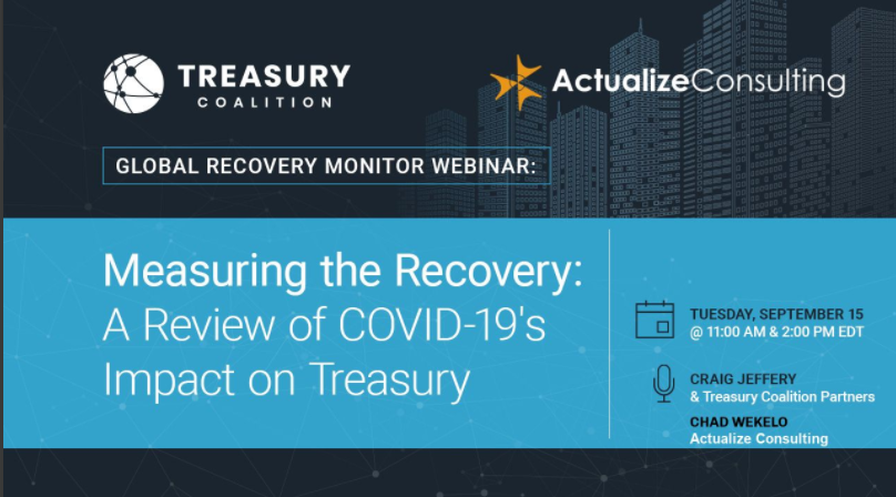

 RSS Feed
RSS Feed